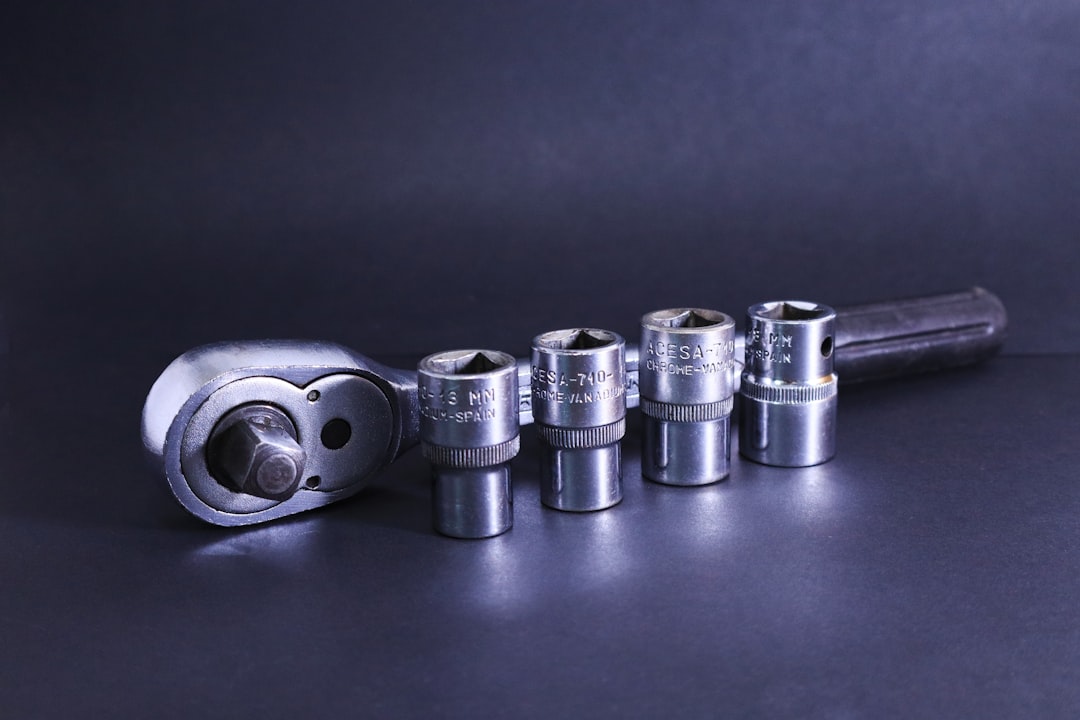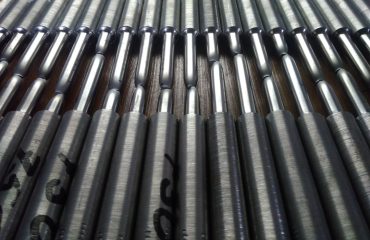The steel industry, a cornerstone of global infrastructure, has long been associated with significant environmental impact. However, a green revolution is underway, driven by innovation and a growing commitment to sustainability. This post explores the emerging eco-friendly steel manufacturing processes aiming to minimize the industry’s carbon footprint and pave the way for a greener future.
1. Minimizing Carbon Emissions in Steel Production
The primary environmental concern surrounding steel production is its substantial carbon dioxide (CO2) emissions. Traditional blast furnace methods, which rely on coking coal, are significant CO2 contributors. To mitigate this, several strategies are being implemented:
- Carbon Capture, Utilization, and Storage (CCUS): This technology captures CO2 emissions from blast furnaces and either stores them underground or utilizes them in other industrial processes. While still in its developmental stages, CCUS holds significant potential for reducing emissions from existing facilities.
- Electric Arc Furnaces (EAFs): EAFs utilize electricity to melt scrap steel, significantly reducing CO2 emissions compared to blast furnaces. The increased use of EAFs, particularly with renewable energy sources powering them, is a crucial step towards greener steel production.
- Hydrogen-Based Steelmaking: This revolutionary approach replaces coking coal with hydrogen as a reducing agent in the steelmaking process. Hydrogen, when produced from renewable sources, results in near-zero CO2 emissions, making it a game-changer for the industry. However, the widespread adoption of hydrogen-based steelmaking requires significant investment in hydrogen production and infrastructure.
2. The Crucial Role of Steel Recycling
Steel recycling is a cornerstone of eco-friendly steel manufacturing. Recycling steel requires significantly less energy than producing it from raw materials, resulting in a drastically reduced carbon footprint. The process involves collecting scrap steel, sorting it, and melting it down in EAFs. This closed-loop system minimizes waste and conserves valuable resources.
Increased investment in efficient scrap collection and sorting infrastructure is crucial to maximizing the effectiveness of steel recycling. Promoting awareness among consumers and businesses about the importance of steel recycling is equally important to ensure a consistent supply of recyclable materials.
3. Sustainable Sourcing of Raw Materials
The environmental impact of steel production extends beyond the manufacturing process itself. The sourcing of raw materials, such as iron ore and coal, also contributes to environmental concerns, including deforestation and habitat destruction. Sustainable sourcing practices are essential to minimize these impacts.
This includes responsible mining practices that prioritize minimizing land disturbance, water pollution, and greenhouse gas emissions. Furthermore, exploring alternative raw materials, such as direct reduced iron (DRI) produced from renewable energy sources, can further reduce the environmental footprint of steel production.
4. Energy Efficiency Improvements in Steel Mills
Optimizing energy efficiency throughout the steelmaking process is another key aspect of eco-friendly manufacturing. This involves implementing energy-saving technologies and improving operational processes to reduce energy consumption and emissions.
Examples include using advanced process control systems to optimize energy usage, investing in more efficient equipment, and implementing waste heat recovery systems to capture and reuse heat generated during the steelmaking process. These measures not only reduce environmental impact but also contribute to cost savings for steel producers.
5. The Future of Eco-Friendly Steel: Towards Carbon Neutrality
The ultimate goal of eco-friendly steel manufacturing is to achieve carbon neutrality. This requires a multifaceted approach, combining various strategies discussed above, such as the widespread adoption of EAFs powered by renewable energy, the implementation of CCUS technologies, and the transition to hydrogen-based steelmaking. Furthermore, significant investment in research and development is crucial to drive innovation and accelerate the transition to greener steel production.
Collaboration between steel producers, governments, and research institutions is essential to overcome the technological and economic challenges associated with achieving carbon neutrality in the steel industry. Policy support, including carbon pricing mechanisms and incentives for green steel production, will play a vital role in driving the necessary change.
The future of steel is green. By embracing innovative technologies and sustainable practices, the steel industry can significantly reduce its environmental impact and contribute to a more sustainable future.
SEO Tags:
- Eco-friendly steel
- Green steel manufacturing
- Sustainable steel production
- Steel recycling process
- Low carbon steel




